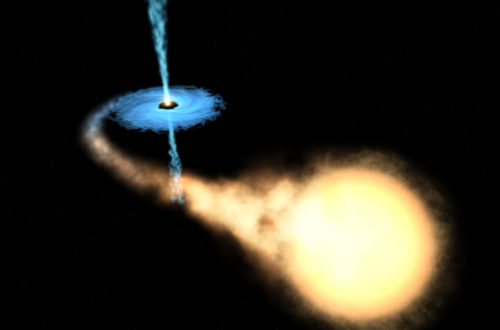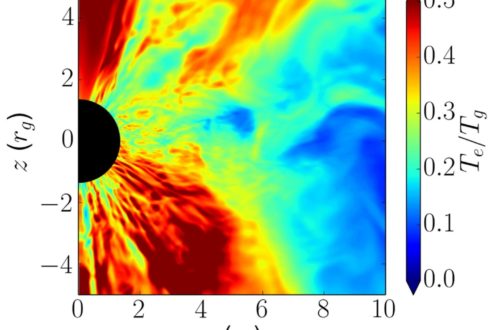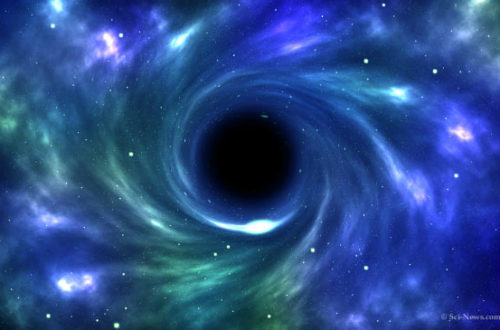This week we have had an exciting new result published in Nature. This was work led by Jakob van den Eijnden, a PhD student here at in Amsterdam, and included his advisor Nathalie Degenaar, myself, Rudy Wijnands and Juan Hernandez-Santisteban here in Amsterdam, as well as James Miller-Jones (ICRAR/Curtin University, Australia) and Greg Sivakoff (University of Alberta, Canada). And I thought this would be a perfect opportunity for a blog.
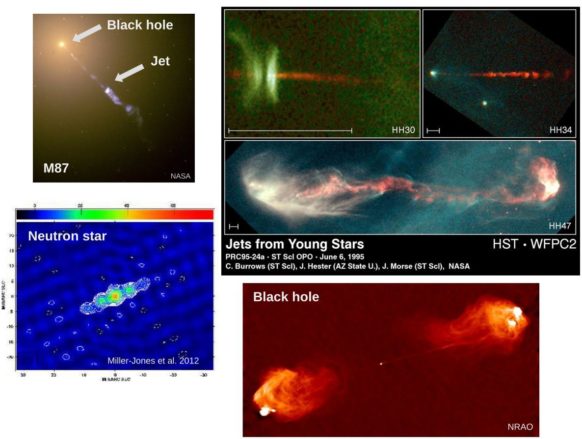
Fig 1: Jets are observed from all types of accreting sources.
Jets are observed from accreting objects throughout the universe. We see them from accreting black holes, white dwarfs, neutron stars, and even young stars (Fig 1). About the only place we didn’t think accretion-powered jets could be launched is from high magnetic field neutron stars (B >10^12 Gauss). It was believed that the magnetic fields would stop the jets forming. This was probably due to their non-detection over the years.
However, late last year, a newly discovered high magnetic field neutron star, Swift J0243.6+6124 (Sw J0243), was discovered going into outburst (Fig 2). Our initial VLA radio observations (we usually see the jets in the radio band) didn’t detect any emission – the jets were either not there or too faint at the time. However, a second radio observation after the source had brightened further (as it continued to accrete more material) showed the first evidence of the jets from this system. It was pretty exciting when the first image popped up on the screen.
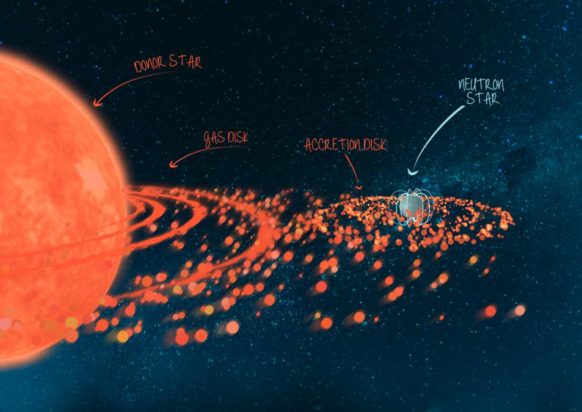
Fig 2: Artists impression of the neutron star feeding from its companion star via an accretion disk (credit:ICRAR/University of Amsterdam)
Over the next few months, we monitored the jets, watching them change over time as the rate that the neutron star accreted material changed. These further observations helped us rule out other scenarios that could create the emission we observed, and meant we were looking at jets from this object.
This is a really exciting discovery. Finding jets from a neutron star with such a strong magnetic field isn’t what we had expected, and shows there is still a lot we don’t know about jets and how they are produced. Interestingly, these jets are much fainter than their lower magnetic field counterparts, so maybe the magnetic fields do inhibit the jets in some way? This faintness also seems to explain why they were not detected in the past (when telescopes weren’t as sensitive).
It also opens up further avenues to explore how jets are launched. There are many more of these high magnetic neutron stars than low-magnetic field ones, and they span a much larger range of behaviours (for example, spin), so we have a much larger sample with a vast array of properties to study now.
At the moment, we don’t exactly know how these jets are launched, but we at least know that they are being launched. Hopefully we can find more of these and try to find out!
Click here for a little movie made about this system with what may be going on.
Here is the link to the Nature paper, which you can also find here on ArXiv now!

